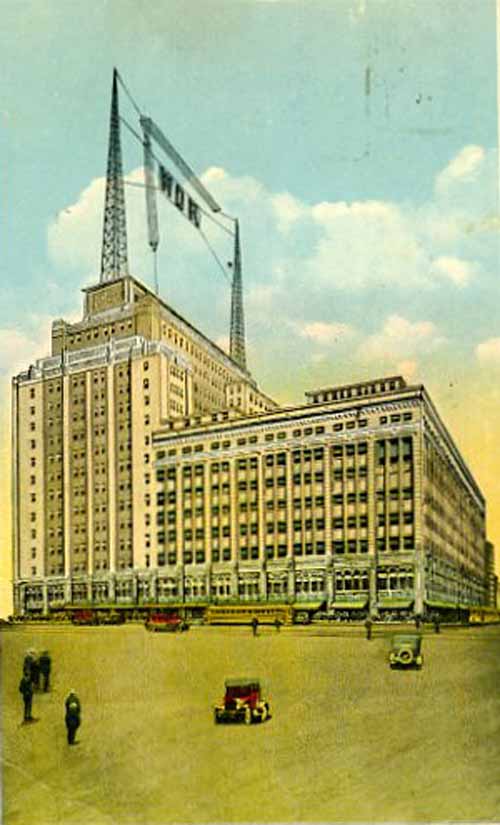When was the first successful duplexer built
A. 1872
B. 1892
C. 1902
D. 1922
Answer is A…
The first really successful duplex was designed by Joseph Barker Stearns of Boston in 1872. This was further developed into the quadruplex telegraph by Thomas Edison. The device is estimated to have saved Western Union $500,000 per year in construction of new telegraph lines.
He was president of Franklin Telegraph Co., from 1869 to 1871, during which time he invented the first practical system of duplex telegraphy which was successfully applied to the English, French and Belgian lines. Two years later this system was used for the Atlantic cables. He sold rights under his duplex patents to the Western Union Telegraph and Cable Companies, receiving large royalties for the use of his inventions from governments in England, France, Italy, Spain, Belgium, Russia and India, and several submarine cable companies. From 1879 to 1880, he was employed as engineer by the Mexican Telegraph Company in making, laying, and putting into operation the cables of that company between Galveston, Texas, and Veracruz, Mexico. In 1881, he performed a similar service for the Central and South American Telegraph Company, whose cables extended from the Isthmus of Tehuantepec in Mexico to Callao, Peru, in all between 4,000 and 5,000 miles. This work he completed in 1882.
